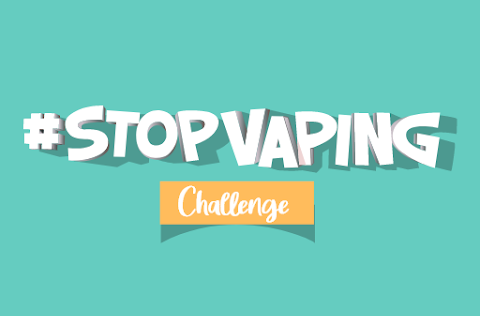Abstract
Objectives
Smoking cessation interventions with sex considerations have been found to effectively increase cessation rates. However, evidence is limited and weak. This study examined sex differences in the use of smoking cessation services or resources among Ontario adults.
Methods
Data are from the Smokers’ Panel, an ongoing online survey of Ontario adult smokers and recent quitters. The analysis included 1009 male and 1765 female participants. Bivariate analysis was used to examine differences in sociodemographic characteristics and smoking-related variables by use of cessation services/resources. Logistic regression was then used to identify sociodemographic characteristics and smoking-related variables associated with the use of cessation services/resources.
Results
The analysis shows that there were significant sex differences in the use of individual interventions. Female participants were more likely to use nicotine patch (63% vs 58%; adjusted odds ratio, AOR: 1.39, 95% confidence interval [CI]: 1.16-1.67), varenicline (29% vs 24%; AOR: 1.37, 95% CI: 1.13-1.66), Smokers’ Helpline phone (14% vs 10%; AOR: 1.39, 95% CI: 1.07-1.79), Smokers’ Helpline online (27% vs 21%; AOR 1.43, 95% CI: 1.18-1.74), self-help materials (23% vs 16%; AOR: 1.81 95% CI: 1.46-2.26), and alternative methods (23% vs 19%; AOR: 1.40, 95% CI: 1.14-1.73) compared with male participants, after adjusting for covariates.
Conclusion
Consistent with other findings, the study shows sex differences in the use of smoking cessation services or resources among adult smokers. Women are more likely to use recommended cessation resources such as nicotine patch, varenicline, and Smokers’ Helpline than men. Health professionals should use this increased willingness to help female smokers quit. However, men may be underserved and more men-specific interventions need to be developed and evaluated.
Author(s): Navitha Jayakumar, Michael Chaiton, Bo Zhang, Peter Selby, and Robert SchwartzDate: January 2020
Type of Publication: Journal Article


 Download directly from your phone’s app store, or through the following links:
Download directly from your phone’s app store, or through the following links: 




